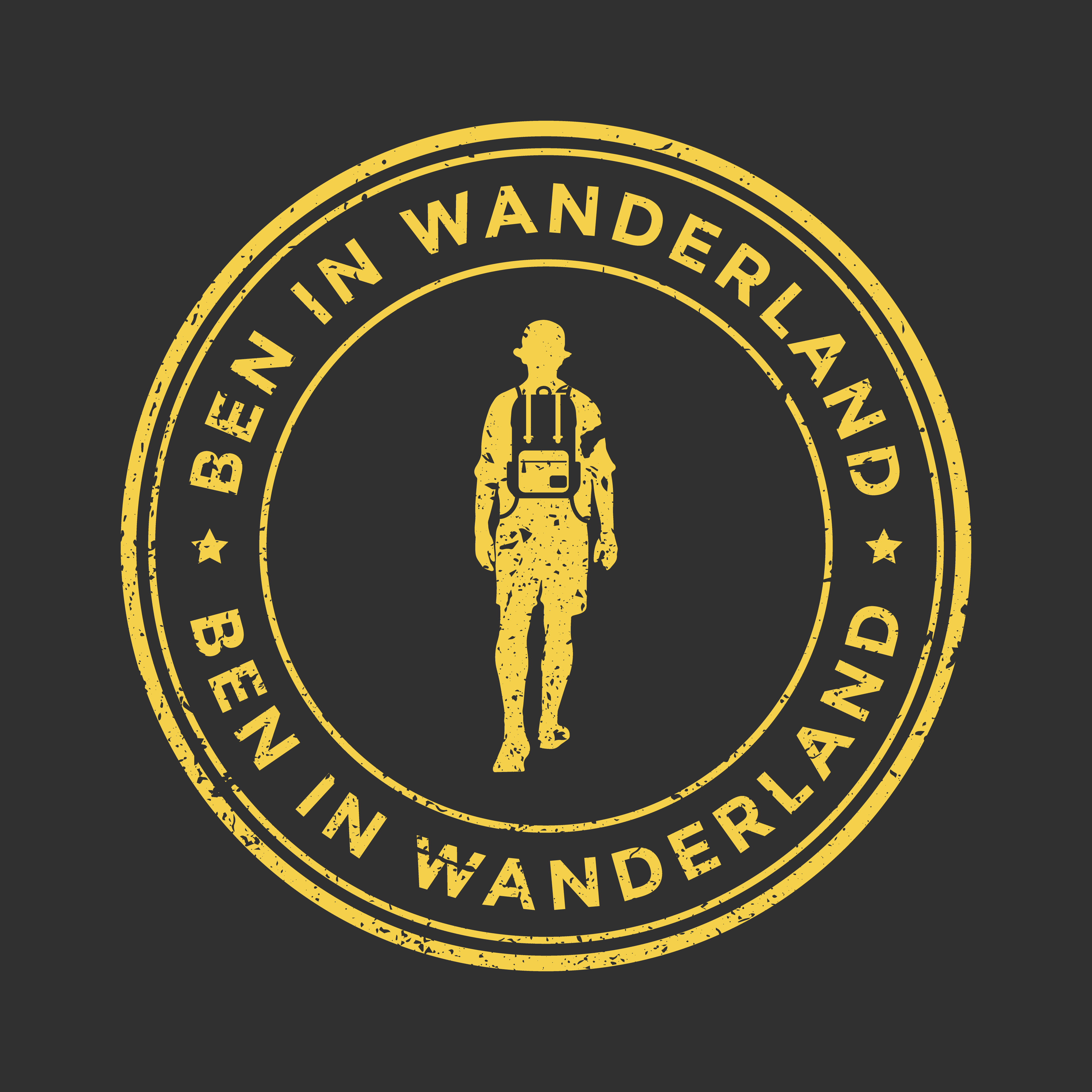Things to Know Before Travelling to Republic of Korea
Facts
Capital: Seoul
Population: 2,485,527 (2023)
Language: The official language of South Korea is Korean. English is widely taught in schools and commonly spoken in urban areas, especially in tourist destinations. Additionally, there are several regional dialects of Korean, with the Seoul dialect being the most widely understood.
Currency: South Korean Won (₩ - KRW)
Visas
Citizens of certain countries, including the United States, Canada, the United Kingdom, Australia, New Zealand, and many European countries, do not require a visa for stays of up to 90 days. However, all travellers must obtain a Korea Electronic Travel Authorization (K-ETA) before arrival, which can be completed online.
Visitors from countries that require a visa to enter South Korea must apply in advance at a South Korean embassy or consulate. This typically includes a completed application form, a valid passport, a recent passport-size photo, proof of travel arrangements, and evidence of sufficient funds for the duration of stay.
It is highly recommended to check the latest visa requirements, as they may vary depending on your nationality and the purpose of your visit. The official South Korea Immigration website provides up-to-date information on visa policies and application processes.
Best time to visit
South Korea has a temperate climate with four distinct seasons, each offering unique experiences. The best time to visit depends on whether you’re interested in sightseeing, festivals, or outdoor activities.
Spring (March to May):
March to May is one of the most popular times to visit South Korea, as the weather is mild, and cherry blossoms are in full bloom.
Temperatures range from 10°C to 20°C, making it comfortable for outdoor activities and sightseeing.
Cherry blossom festivals take place in many regions, with popular spots in Seoul, Busan, and Jeju Island.
This is a peak season for tourism, so popular areas can be busy, and accommodation prices may be higher.
Summer (June to August):
June to August is the warmest season, with high humidity and frequent rainfall due to the monsoon season.
Temperatures range from 23°C to 30°C, especially in July and August, making it a good time for beach activities.
Popular beach destinations include Busan’s Haeundae Beach and Jeju Island.
However, the monsoon rains peak in July, and it can be hot and humid, so prepare for variable weather.
Autumn (September to November):
September to November is another excellent time to visit, with mild temperatures and vibrant fall foliage across the country.
Temperatures range from 15°C to 25°C, with clear skies and comfortable weather for hiking and sightseeing.
Autumn foliage is spectacular, especially in regions like Seoraksan National Park, Nami Island, and the temples of Gyeongju.
This season is less crowded than spring, and it’s ideal for outdoor activities.
Winter (December to February):
December to February is the low season, with cold temperatures and occasional snow, particularly in the northern regions.
Temperatures can drop below 0°C, especially in mountainous areas, making it perfect for winter sports like skiing and snowboarding.
Popular ski resorts include Yongpyong and Alpensia, which hosted the Winter Olympics in 2018.
Winter is also a festive time, with Christmas and Lunar New Year celebrations, but certain sites may have reduced hours due to cold weather.
Each season in South Korea has its own charm, so consider your preferred activities and interests when planning your visit.
Top Things to Do in Republic of Korea
Prices in Republic of Korea
Accommodation
₩20,000-₩40,000 (approximately $15-$30 USD) per night (Budget Hostel or Guesthouse)
₩60,000-₩120,000 (approximately $45-$90 USD) per night (Midrange Hotel)
Food & Drink
₩5,000-₩10,000 (approximately $4-$8 USD) per meal (Budget Meal such as kimbap [seaweed rice rolls])
₩15,000-₩30,000 (approximately $11-$23 USD) per meal (Midrange Restaurant meal such as traditional barbecue)
Transportation
₩1,250-₩1,800 (approximately $1-$1.40 USD) per ride (Public Transportation fare on bus or subway)
₩50,000-₩100,000 (approximately $40-$80 USD) per day (Car Rental)
Activities
₩3,000-₩10,000 (approximately $2.50-$8 USD) per entry (Museums and Historical Sites)
₩50,000-₩100,000 (approximately $40-$80 USD) per day (Guided Tours and Day Trips)
